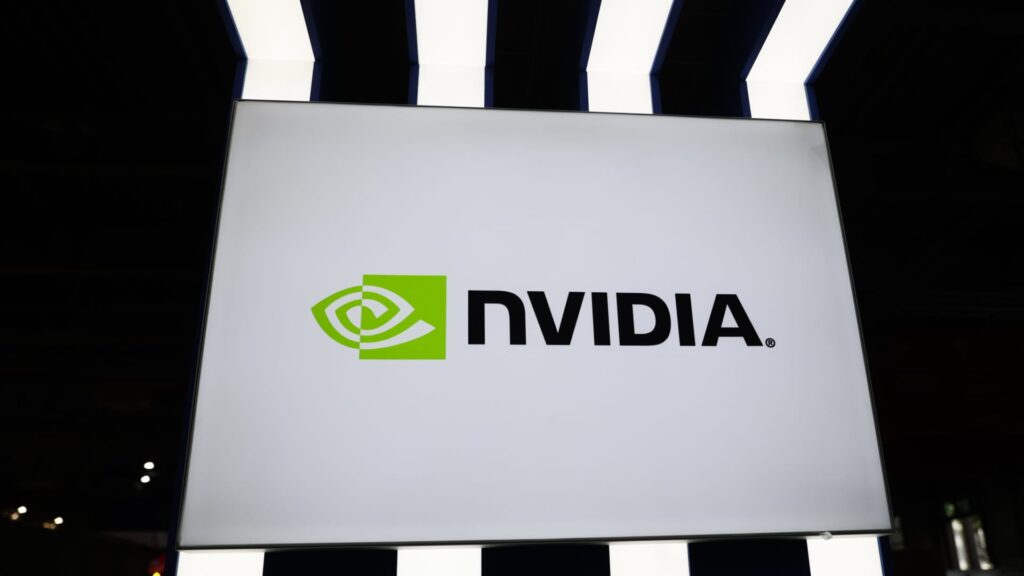The usual rebalancing of the S&P 500 and its related exchange-traded funds is a quarterly event that occurs on Friday. Most of the time, this is barely noticeable. This time – thanks to Nvidia’s continued rise, with growth of nearly 45% this quarter alone – things are different. NVDA YTD mountain Nvidia 2024 performance gap between the index and the ETFs tracking the index The S&P 500 is an index of 500 large-cap stocks weighted by market capitalization. Rebalancing occurs quarterly to reflect additions, deletions and changes in the number of shares resulting from buybacks. Some exchange-traded funds follow a broad market benchmark, while ETFs track the S&P 500 Index (which includes the technology sector index). These sector ETFs are also rebalanced quarterly. But there is a difference. The S&P 500 is a pure index. They place no limits on concentration in individual stocks. Nvidia could account for 99% of the S&P 500 in terms of market capitalization, which would be reflected in the index. This is not the case with ETFs. These are investment funds. They must comply with federal regulations dating back to the 1930s. Under these rules, any stock may not exceed 25% of the fund’s position, and the total weight of all stocks greater than 5% may not exceed 50% of the fund’s holdings. Normally, this is not a problem because few companies have this level of concentration. But things have changed a bit, because three companies, Microsoft, Nvidia, and Apple, have a market capitalization of about $3 trillion. These three dominate the S&P 500 Technology Index. When the Technology Select Sector SPDR Fund (XLK), an ETF designed to track the S&P Technology Index, was last rebalanced three months ago, the weightings were significantly different than they are now: SPDR Technology ETF (XLK) (Current Weights ) Microsoft 22.1% Apple 21.9% Nvidia 6.0% Broadcom 5.4% Here are the current weights of the four largest stocks in the S&P Technology Index as of last Friday: S&P Technology Index (Index Weights) Microsoft 22.0% Nvidia 21.8% Apple Broad 20.6% 5.1 % Source: S&P Dow Jones Indices Here’s the catch: the top three names have a combined weight of more than 64%, so they must be rebalanced according to the rules. The rules state that you must limit the last security to break the 50% barrier. That’s Apple. Therefore, Apple’s weighting will be reduced so that any stock’s total weighting is above 5% and below 50%, while Nvidia’s weighting will increase. The new weights are as follows: SPDR Technology ETF (XLK) (New weight for the index) Microsoft 21.9% Nvidia 21.6% Apple 4.5% Broadcom 4.5% Source: SPDR Americas Combined, the top three stocks have a weight of 48%. Matthew Bartolini, SPDR’s head of Americas research, told me the goal isn’t exactly 50 percent. In this way, the cumulative weighting of stocks representing at least 5% of the fund’s shares will be kept below the 50% threshold. This may cause unusual behavior. Due to concentration rules, ETFs tracking the S&P Technology Index may differ slightly from the index they seek to track. This hasn’t been a big issue in the past, but it could become one if concentration increases further in the future. It’s a bit confusing to make sense of these numbers, but it makes sense considering that many investors were burned by investment funds during the Great Recession. Regulators try to limit concentration to protect investors. Still, it’s rare for a company like Nvidia to take such steps. “It’s an anomaly,” Bartolini told me. “We’ve never had three companies in the same industry with more than $3 trillion in assets in a single industry. That’s a byproduct of concentration.”
Nvidia is restructuring a large-cap tech ETF. What this means for investors
Related Posts
Add A Comment

